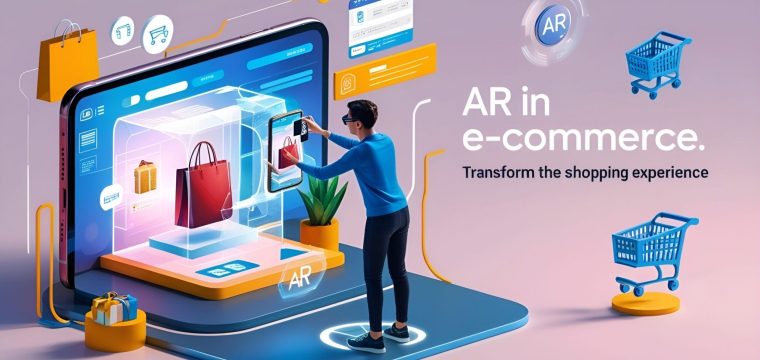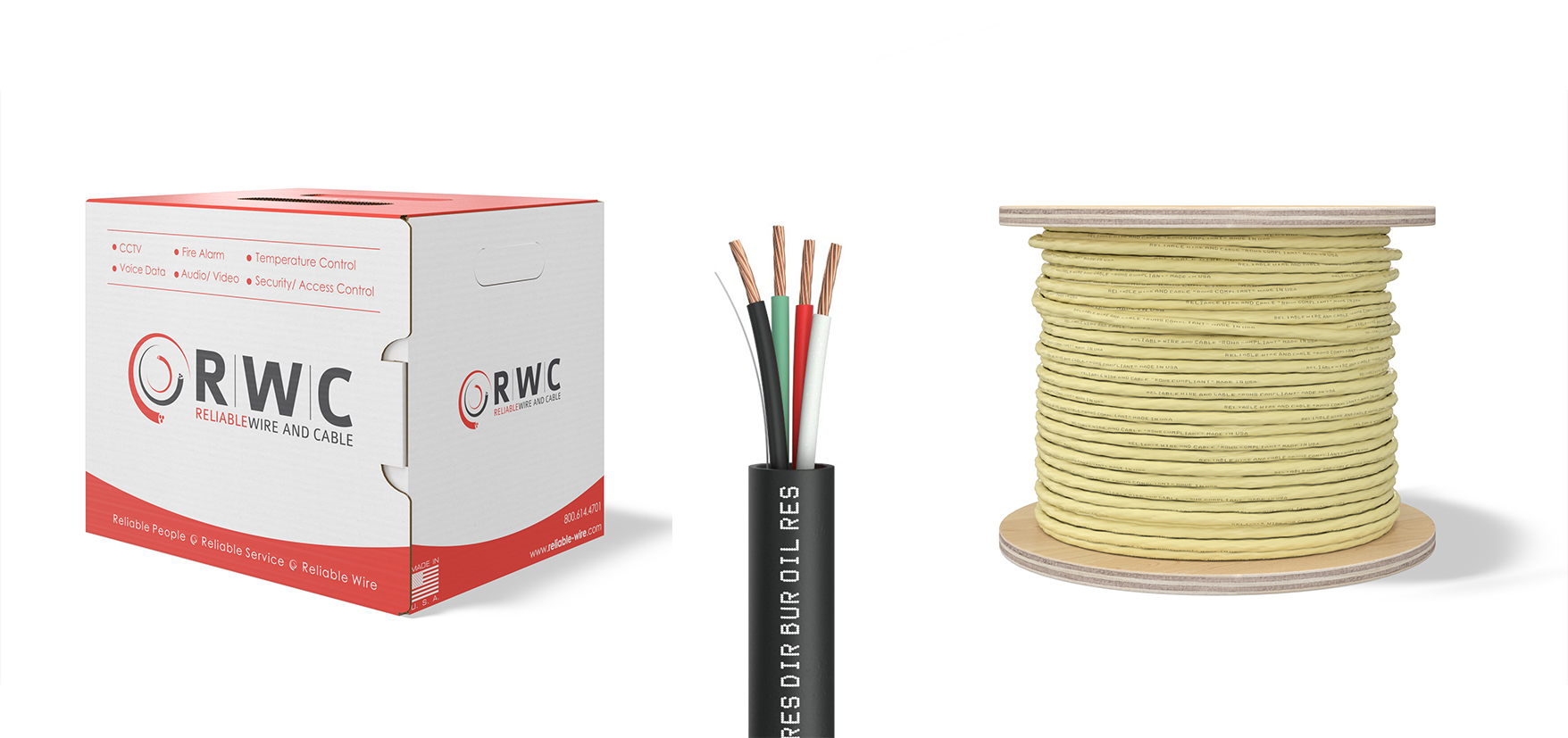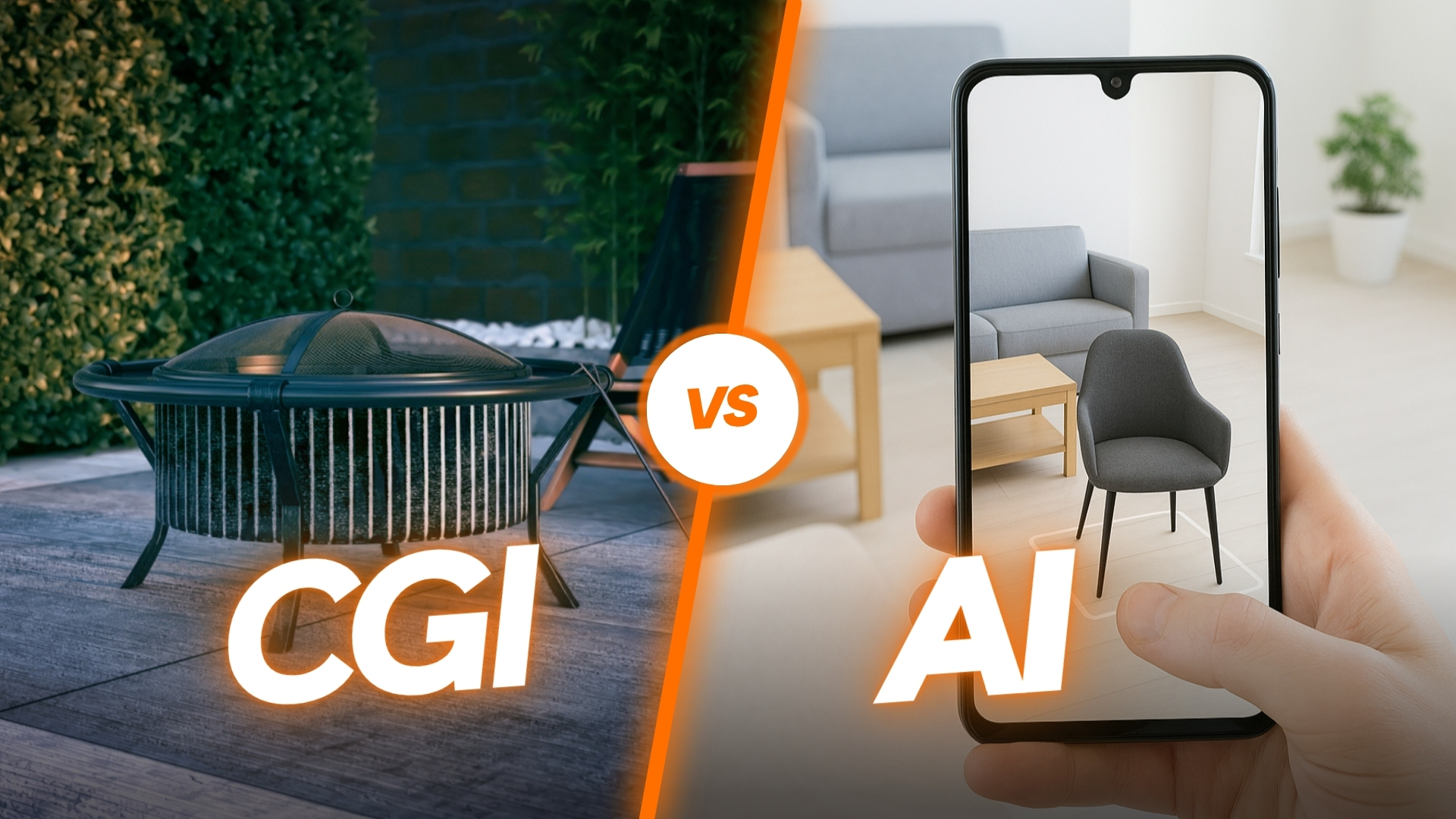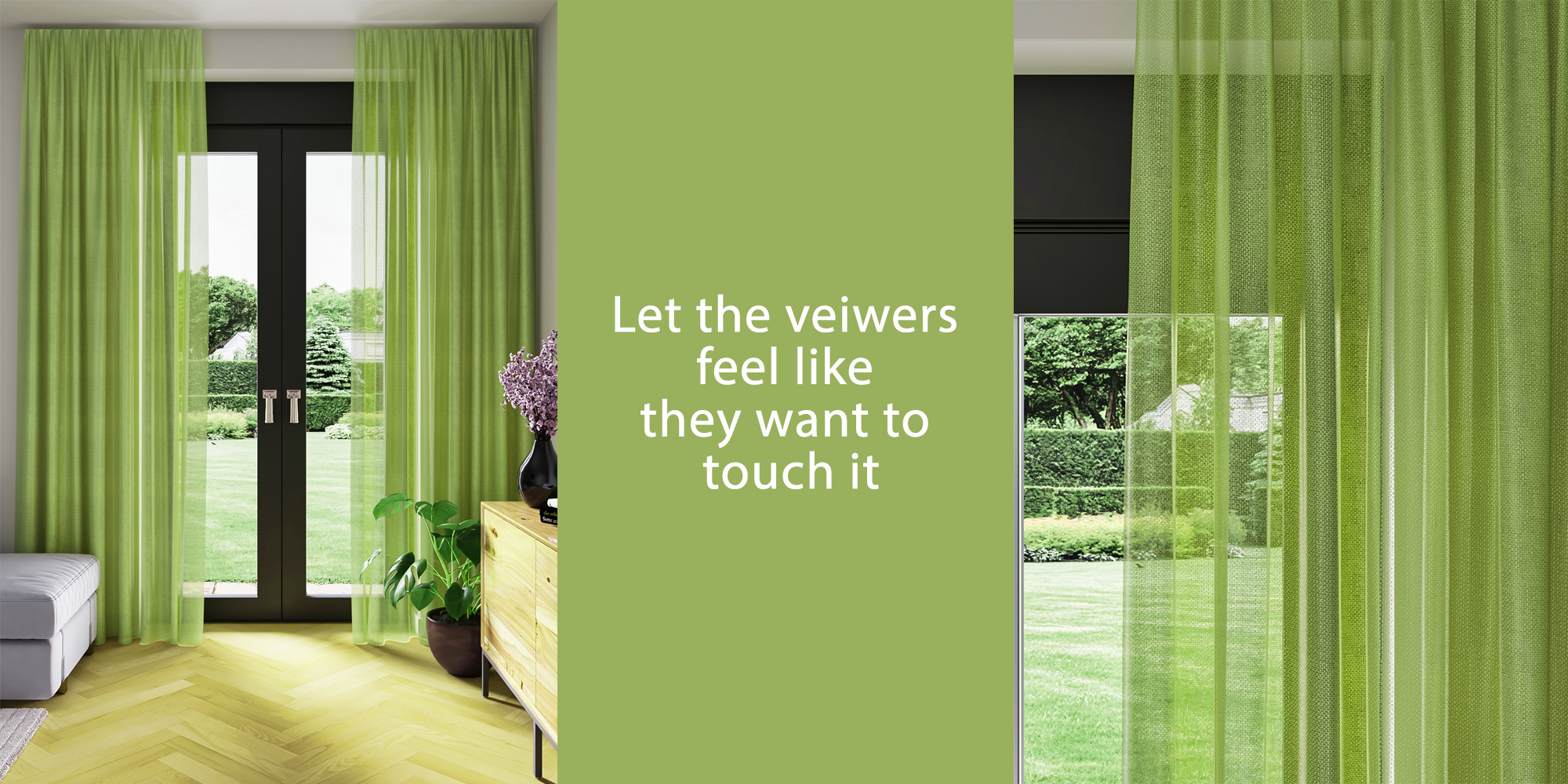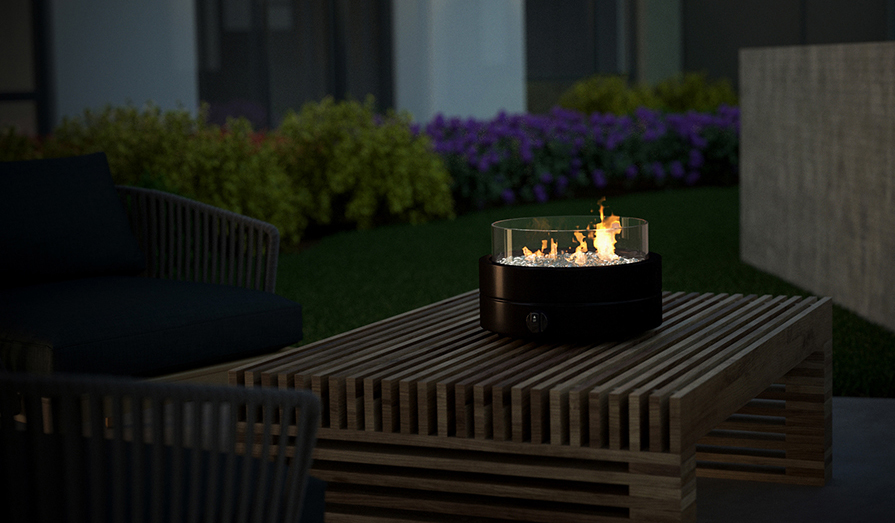Introduction:
When e-commerce began, customers’ shopping experience could not be said to be entirely satisfactory since it used to consist of still images and text as product descriptions. But now businesses are using Augmented Reality (AR) and improving the way customers interact with products online. AR in e-commerce is changing the way customers shop by enabling them to interact with products as they would in a physical store but while sitting at home.
This Blog investigates AR and how it is changing e-commerce, with a focus on AR product visualization in e-commerce and AR 3D models. To realize how AR works, you will also have the chance to see the technology in action by using a 3D model viewer and downloading an example 3D model to try for yourself in this article.
What is Augmented Reality in E-Commerce?
An augmented reality (AR) feature enhances how customers view E-commerce platforms by placing images and videos on products through smartphones and tablets for better understanding. With AR technology, the customer is able to rotate and engage with the product in real time, which is a mix of physical and digital interactions.
For example, let’s think about this scenario where you tilt your phone towards your living room and a furniture item materializes as if it were already there in your room. That is the magic of AR.
The Way Augmented Reality Changes E-Commerce-
1. AR Product Visualization
Augmented reality (AR) enriches the shopping experience of e-commerce by enabling customers to visualize how a product would look like in their spaces.
For example, a customer who is shopping for a sofa can virtually AR or 3D visualize it in her living room to ascertain if the decor is in harmony with the available living room space.
2. Realistic 3D Models
Augmented reality has been revolutionary in 3D rendering of items and incorporation of advanced e-commerce technologies into marketing what was previously impossible. The scope of rendered items is infinite. It may include parcels and houses and even car parts. The best part is that all customers who are going to purchase these items regardless of geographical location will have access to together with the information how to use them.
3. Improved Customer Experience
Augmented reality even though it was relatively new technology back then it allowed so much potential on how products would be sold and even viewed. There was so much that could be done to enhance the buying experience of those who shopped window. Customers were educated on how different products worked every time they shopped which empowered them to make informed purchase decisions irrespective of the location they were in at the time of shopping.
How Augmented Reality is Changing E-Commerce
1. Improved sales
When products are visualized by the customers in their environment, the probability of them buying a product increases and AR helps consumers answer questions like “Will it fit?” or “Will it look good here?” and therefore this boosts the purchase rate.
2. Lower return percentages.
Returns are one of the major issues that come with e-commerce as expectations never meet reality. But with AR technology, users already know what to expect which lowers the purchase rate.
3. Easier brand recognition and loyalty
I would turn around and be interested in acquirers for augmented reality devices they were able to stand out in e-commerce by innovation and caring for the consumer.
Interactive AR Experience: See It in Action.
We can see how a person was able to scan the furniture with a smartphone to visualize where else to place it in a different room as seen clearly in the video.
Time for you to give it a shot! With the AR 3d model viewer below you would be able to place the same furniture in the setting you see fit.
AR is not supported on this device
We are offering opportunities for those who want to experiment with AR, Download this 3D model. Use it as a means to explore AR apps or create your own 3D viewer.
Use Cases of AR in E-Commerce
1. Furniture and Home Decor
With the advancement of AR, customers get to the right fit of any furniture in their room by ensuring the correct size, style, and colour being matched. AR implementation for substantiating the overall shopping experience is saw in markets like that of IKEA and Wayfair
2. Fashion and Accessories
Over the use of AR, users get to try on clothing, glasses, or jewelry all within a virtual setting. This in turn also helps appropriately reduce the guess work that has to be done when someone is buying something over the internet.
3. Home Appliances
Any appliances would be in concern such as refrigerators, ovens or washing machines and AR implementation in brands generally assist customers in seeing how these will actually look when placed in the kitchens or laundry rooms.
4. Automotive
When it comes to cars, manufacturers allow their clients to check out the interiors, custom features by the use of AR when the client is looking to buy the car.
How to Implement AR in Your E-Commerce Business
1. Use High-Quality 3D Models
For an ideal AR experience, it is advisable to come up with hyper realistic 3D models that have believable features. These models must also have the right amount of intricacy while also being quick to load.
2. Choose the Right AR Viewer
AR SDKs such as Aurasma, Blippar or Wikitude among others, are easily integrative into your app or website. Other mainstream AR SDKs involve WebAR and ARKit and ARCore.
3. Adjust Your Reach to a Mobile Audience
With the majority of consumers shopping from their mobile devices, ensure your AR solutions are appropriate for phone use.
4. Let Customers Try Out the Products
Give the customers some basic tips on how best to use AR in optimizing their experience.
Using AR in E-Commerce: What Are the Obstacles
Although AR has many benefits, it also has some disadvantages including-
The Cost of Developing: Development of AR viewers and 3D models can entail high costs.
Device Support: Various customers do not own an AR compatible device that can access AR technologies or turn it on.
Experience: There is need for the users to learn how to use the features of AR and this is a primary requirement for common usage in different places.
Future Trends of Augmented Reality in E-Commerce
The level of AR implementation in e-commerce industry will on just increase from year on. Established tendencies are:
AI-integrated AR: Based on the preferences of the users, AI will change their AR experience with new products.
Shopping in AR through Social Media: The social networks have AR for shopping like Instagram and Snapchat.
Business Clients in AR: Physical samples can be bypassed by presenting large or intricate items for sale to business clients in AR.
Having AR can not easy position the company at the forefront, but also alter the shopping experience entirely by allowing clients to view, interact, and shop through an innovative and engaging method.
Conclusion
The use of augmented reality in e-commerce is no longer just an idea waiting to be developed; it is already being used to transform how buyers shop online. Businesses can enhance their offerings by using augmented reality product visualization or AR 3d models; increase customer satisfaction and increase sales.
Would you like to see how AR enhances e-commerce? Get to see how we at 7CGI can help you make great 3D models and beautiful AR models. Get in touch with us and let our experts assist you with creating a digital presence for your products.
Key Takeaways:
- Augmented reality aids in filling the gaps between physical retail stores and e-commerce websites.
- The advantages include higher conversion ratios, less returns rate and better retention rates of customers.
- Get started with the built in viewer and free 3D model download and experience AR for yourself.
There is no better time to adopt AR and take your e-commerce game to the next level than now!

